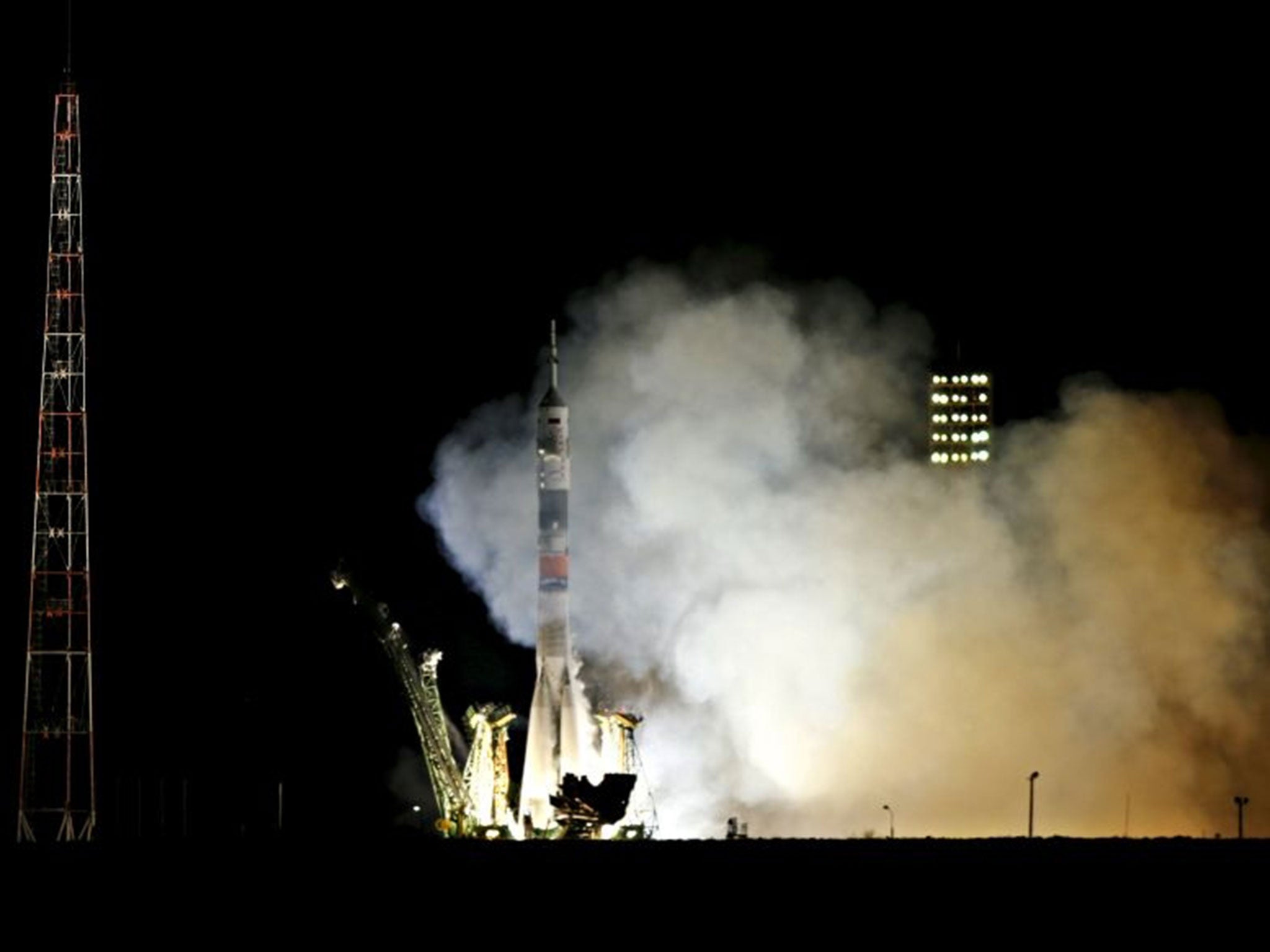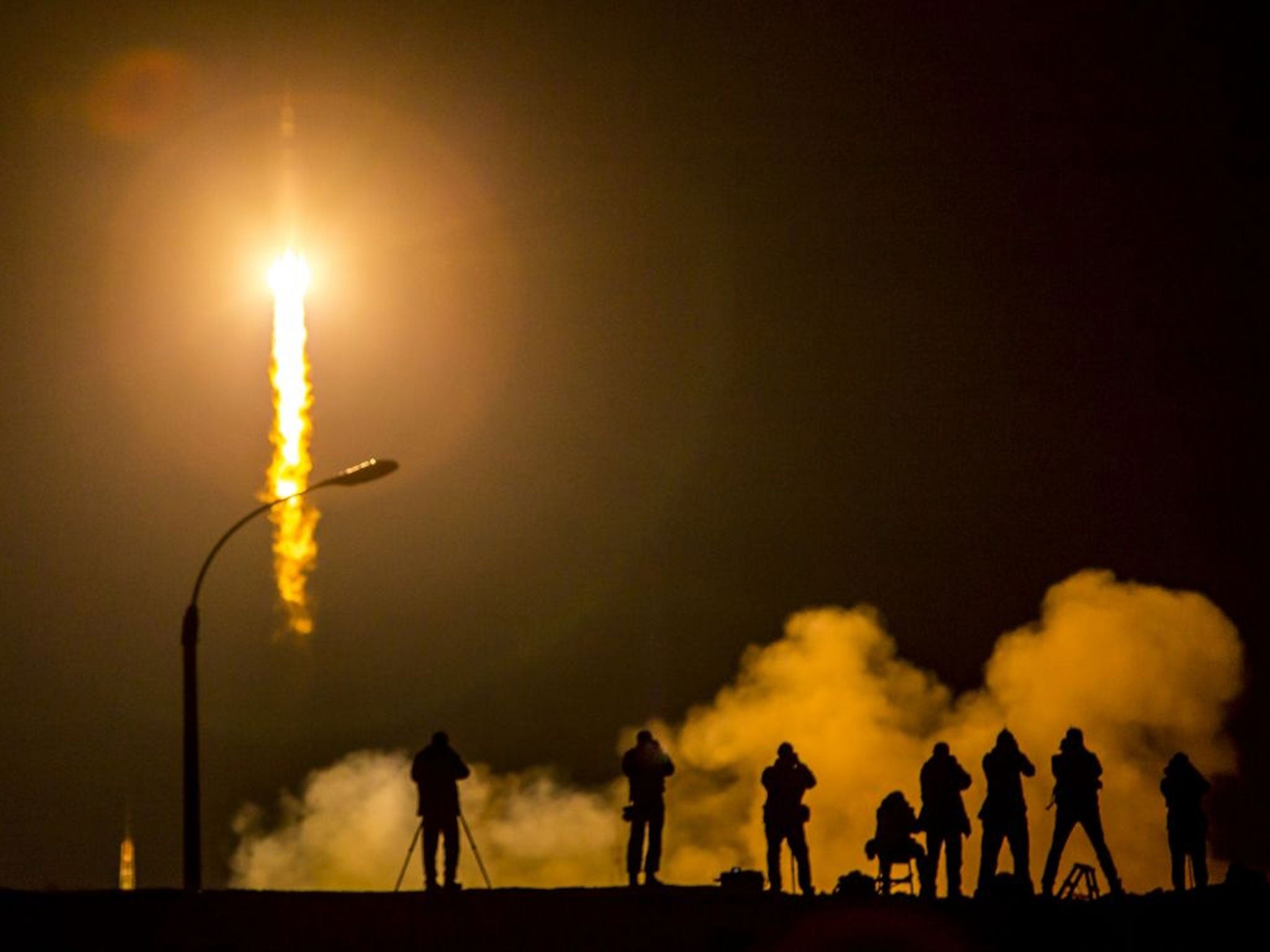Nasa sends a twin into space for year-long experiment
Nasa astronauts have never spent longer than seven months in space

Nasa has blasted one half of a pair of twins into space for a year, to understand how the human body changes while in orbit for a prolonged period of time.
American astronaut Scott Kelly, 51, his Russian counterpart Mikhail Kornienko and cosmonaut Gennady Padalka of Russia took off into space early on Saturday in a Soyuz space capsule, from Russia's manned space launch facility on the steppes of Kazakhstan at 1:42 am local time (19:42 GMT Friday).
Meanwhile, Kelly’s identical twin Mark, a retired astronaut, has taken part in the same medical tests as his sibling. When Kelly returns from orbit, the brothers will be tested once more, to enable scientists to see how a body in space compares with its genetic double on Earth.


The launch was part of Nasa’s first attempt at a one-year spaceflight. The mission is in anticipation of Mars expeditions that are expected to last two to three years. Padalka is scheduled for the standard six-month tour of duty aboard the space station.
The craft will make four orbits of Earth, before it heads to the International Space Station about six hours later.
Between now and next March, Kelly and Kornienko, 54, will undergo extensive medical experiments, and prepare the station for the anticipated 2017 arrival of new US commercial crew capsules, and oversee the passage of cargo ships.
This will allow Kelly to take part in some of his first space walks.
In September, singer Sarah Brightman will visit the men on a “space tourist” trip.
In the weightlessness of space, bones, muscles and the immune system weaken, while body fluids shift into the head when gravity is absent - putting pressure on the brain and the eyes and sometimes impairing vision.
Doctors will assess how surpassing the usual six-month stay in space will affect Kelly and Kornienko in these ways.
While Nasa has previously only sent an astronaut into orbit for no longer than seven consecutive months, Russia holds the world record of 14 months in space, set by Valery Polyakov aboard the former Mir space station in 1994-95.
Additional reporting by AP
Join our commenting forum
Join thought-provoking conversations, follow other Independent readers and see their replies
Comments